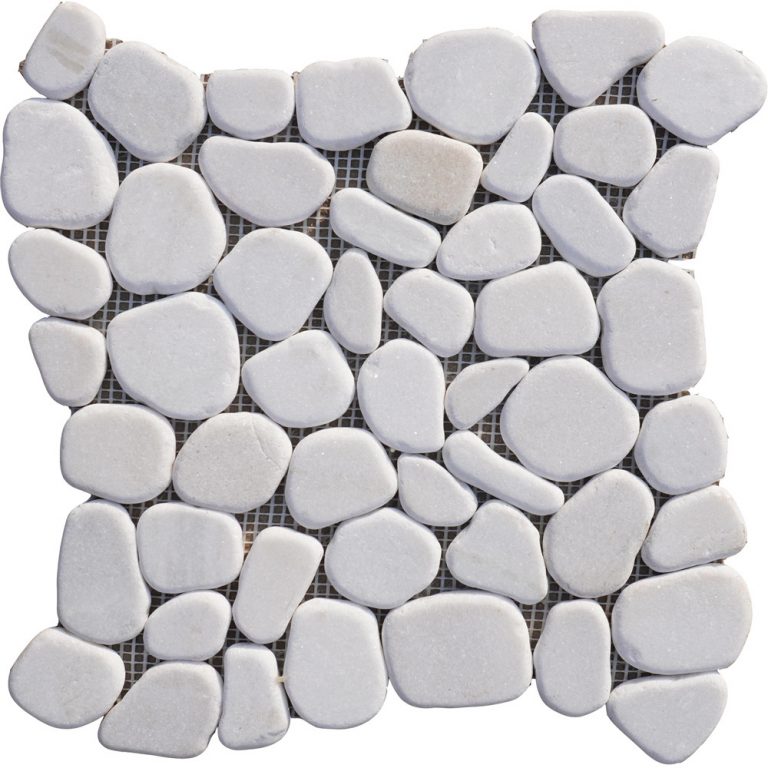Preserving History and Elegance The Timeless Beauty of Colonial Cultured Stone
Introduction Colonial cultured stone is a versatile and popular choice for homeowners and builders looking to add a touch of elegance and historical charm to their properties. Inspired by the classic architectural styles of the Colonial era, this type of stone offers a timeless appeal that can enhance the aesthetic value of any structure. In this article, we will explore the history, characteristics, benefits, and applications of Colonial cultured stone, highlighting its enduring popularity in contemporary design. History of Colonial Cultured Stone The Colonial period in American history, spanning from the early 17th century to the late 18th century, was marked by the establishment of the original thirteen colonies and the development of distinctive architectural styles influenced by European design trends of the time. Colonial architecture is characterized by symmetrical facades, gabled roofs, and the use of natural materials such as wood and stone. Cultured stone, also known as manufactured stone or faux stone, was developed in the mid-20th century as a cost-effective alternative to natural stone. By combining cement, aggregates, and iron oxide pigments, manufacturers were able to create lightweight and durable stone veneers that closely mimic the look and feel of natural stone. Colonial cultured stone draws inspiration from the traditional building techniques and materials used during the Colonial era, capturing the essence of this historical period in its design. Characteristics of Colonial Cultured Stone Colonial cultured stone is available in a wide range of colors, textures, and shapes, allowing for customization to suit various architectural styles and design preferences. Common characteristics of Colonial cultured stone include: 1. Authentic Appearance: Colonial cultured stone is designed to replicate the natural beauty and texture of traditional stone masonry, with intricate detailing and realistic color variations that closely resemble genuine stone. 2. Lightweight and Easy to Install: Unlike natural stone, which can be heavy and cumbersome to work with, Colonial cultured stone is lightweight and easy to install, making it a practical choice for both interior and exterior applications. 3. Durable and Low-Maintenance: Manufactured from high-quality materials, Colonial cultured stone is resistant to fading, chipping, and cracking, ensuring long-lasting beauty with minimal maintenance requirements. 4. Versatile Applications: From accent walls and fireplaces to exterior facades and landscaping features, Colonial cultured stone can be used in a variety of residential and commercial settings to create a classic and sophisticated look. Benefits of Using Colonial Cultured Stone There are several compelling benefits to choosing Colonial cultured stone for your next building or remodeling project: 1. Outdoor mosaic tile for exterior installations -Effective: Colonial cultured stone offers a more affordable alternative to natural stone, allowing homeowners and builders to achieve the look of authentic stone masonry at a fraction of the cost. 2. Design Flexibility: With a wide selection of colors, styles, and textures available, Colonial cultured stone provides endless design possibilities to enhance the aesthetic appeal of any space. 3. Energy Efficiency: The thermal properties of Colonial cultured stone can help improve the insulation of a building, reducing energy consumption and lowering heating and cooling costs. 4. Environmental Sustainability: By using manufactured stone products instead of natural stone, builders can help conserve natural resources and reduce the environmental impact associated with stone quarrying. Applications of Colonial Cultured Stone Colonial cultured stone can be used in a variety of architectural and landscaping applications to add character and charm to residential and commercial properties. Some popular uses of Colonial cultured stone include: 1. Exterior Facades: Enhance the curb appeal of your home with Colonial cultured stone cladding, which can be used to create striking accent walls, columns, and entryways that exude timeless elegance.  2. Interior Walls: Bring a touch of warmth and sophistication to interior spaces by incorporating Colonial cultured stone into feature walls, fireplace surrounds, and backsplashes for a rustic yet refined look. 3. Landscaping Features: Create inviting outdoor living areas with Colonial cultured stone patios, walkways, and retaining walls that blend seamlessly with the natural surroundings and enhance the beauty of your garden or backyard. 4. Architectural Details: Incorporate Colonial cultured stone into architectural details such as window surrounds, cornices, and archways to add depth and dimension to the design of your home or building. Conclusion Colonial cultured stone is a timeless building material that captures the essence of Colonial architecture while offering modern benefits and design flexibility. Whether used to create a traditional New England-style facade or to add a touch of historical charm to a contemporary home, Colonial cultured stone is a versatile and durable choice that can enhance the beauty and value of any property. With its authentic appearance, low-maintenance requirements, and cost-effective nature, Colonial cultured stone continues to be a popular option for homeowners and builders seeking to preserve history and elegance in their architectural design.
2. Interior Walls: Bring a touch of warmth and sophistication to interior spaces by incorporating Colonial cultured stone into feature walls, fireplace surrounds, and backsplashes for a rustic yet refined look. 3. Landscaping Features: Create inviting outdoor living areas with Colonial cultured stone patios, walkways, and retaining walls that blend seamlessly with the natural surroundings and enhance the beauty of your garden or backyard. 4. Architectural Details: Incorporate Colonial cultured stone into architectural details such as window surrounds, cornices, and archways to add depth and dimension to the design of your home or building. Conclusion Colonial cultured stone is a timeless building material that captures the essence of Colonial architecture while offering modern benefits and design flexibility. Whether used to create a traditional New England-style facade or to add a touch of historical charm to a contemporary home, Colonial cultured stone is a versatile and durable choice that can enhance the beauty and value of any property. With its authentic appearance, low-maintenance requirements, and cost-effective nature, Colonial cultured stone continues to be a popular option for homeowners and builders seeking to preserve history and elegance in their architectural design.